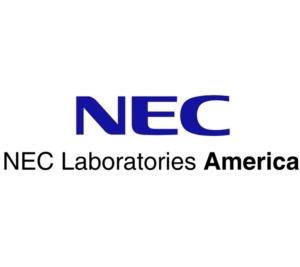Content-aware auto-scaling of stream processing applications on container orchestration platforms
Modern applications are designed as an interacting set of microservices, and these applications are typically deployed on container orchestration platforms like Kubernetes. Several attractive features in Kubernetes make it a popular choice for deploying applications, and automatic scaling is one such feature. The default horizontal scaling technique in Kubernetes is the Horizontal Pod Autoscaler (HPA). It scales each microservice independently while ignoring the interactions among the microservices in an application. In this paper, we show that ignoring such interactions by HPA leads to inefficient scaling, and the optimal scaling of different microservices in the application varies as the stream content changes. To automatically adapt to variations in stream content, we present a novel system called DataX AutoScaler that leverages knowledge of the entire stream processing application pipeline to efficiently auto-scale different microservices by taking into account their complex interactions. Through experiments on real-world video analytics applications, such as face recognition and pose classification, we show that DataX AutoScaler adapts to variations in stream content and achieves up to 43% improvement in overall application performance compared to a baseline system that uses HPA.


